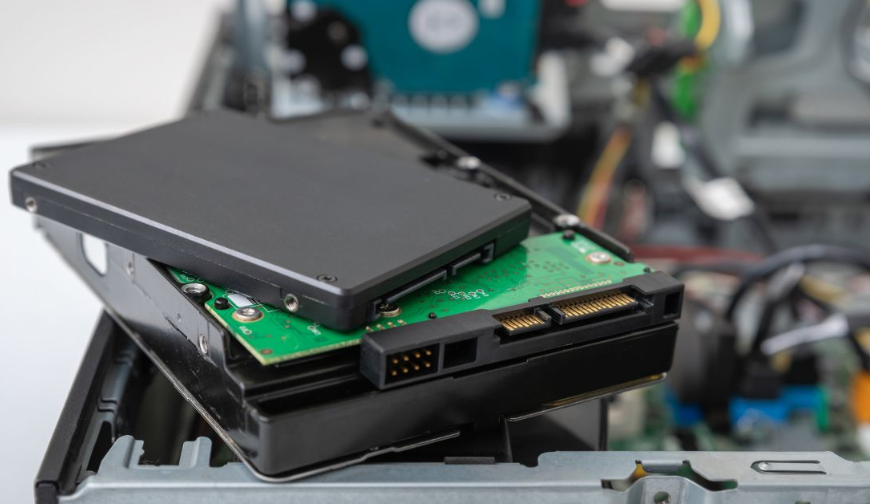When your SSD suddenly stops working, it can feel like the end of the world — all your important documents, photos, or client data gone in an instant. Unlike traditional hard drives, Solid State Drives (SSDs) don’t make noise or show visible damage when they fail, which makes diagnosing the problem more difficult. The good news is that in many cases, data from a “dead” SSD can still be recovered — but it requires the right tools, experience, and professional techniques.
Understanding Why SSDs Fail
Before recovery begins, it’s important to understand what caused the SSD to fail. Common reasons include firmware corruption, controller chip failure, electrical damage, or NAND flash wear-out. Power surges and overheating can also lead to drive failure. Sometimes the SSD might appear completely dead, but the actual issue lies in the communication between the controller and memory chips — meaning the data is still there, just inaccessible.
Signs of a Dead or Failing SSD
Unlike HDDs, which often make clicking or grinding noises before dying, SSDs usually fail silently. Here are the most common warning signs:
- The SSD is not detected in BIOS or Disk Management
- The system freezes or crashes during startup
- Files or folders disappear without reason
- The drive frequently becomes read-only
If you notice any of these symptoms, it’s crucial to stop using the drive immediately to avoid overwriting recoverable data.
Can You Recover Data Yourself?
DIY data recovery for SSDs is extremely risky. Unlike mechanical hard drives, SSDs rely on complex firmware and encryption systems. Attempting to repair or open the drive at home can cause permanent data loss. Common “quick fixes” like freezing the SSD, using software tools, or switching cables rarely help — and often make professional recovery impossible. If your SSD is completely undetectable, only advanced lab techniques can extract data safely.
How Professionals Recover Data from a Dead SSD
At SSD.Repair, the recovery process starts with a full diagnostic to identify the failure type. If the problem is firmware-related, our engineers reprogram or repair the firmware using specialized hardware interfaces. For controller or power issues, we perform chip-off recovery, where data is extracted directly from the NAND memory chips using precision soldering and specialized imaging tools. This process takes place in an ISO-certified cleanroom to ensure absolute safety and prevent contamination.
Once the data is extracted, custom recovery software rebuilds the file system and reassembles fragmented data. Our technicians then verify the integrity of the recovered files before securely transferring them to a new drive. The entire process follows strict confidentiality and data protection protocols.
How to Prevent Future SSD Failures
While no drive lasts forever, you can significantly reduce the risk of data loss by following a few best practices:
- Keep regular backups on external or cloud storage
- Avoid sudden power-offs and use a surge protector
- Keep firmware up to date
- Maintain proper cooling and ventilation in your device
- Use SSDs primarily for active data and applications, not long-term cold storage
When to Contact a Professional
If your SSD suddenly dies, becomes undetectable, or you lose access to critical data, don’t attempt DIY fixes. Disconnect the drive immediately and contact a professional data recovery service. The sooner experts can analyze the SSD, the higher the chances of successful recovery.
At SSD.Repair, our recovery experts have years of experience restoring data from all major SSD brands — including Samsung, Kingston, Crucial, WD, and SanDisk. Whether your drive is completely dead or only partially accessible, we can help retrieve your valuable data using industry-leading technology and methods.
Final Thoughts
A dead SSD doesn’t always mean lost data. With the right equipment, skill, and environment, recovery is often possible — even in severe cases. Modern SSD recovery requires deep technical knowledge and precise cleanroom work. That’s why choosing a trusted service like SSD.Repair gives you the best chance of getting your data back safely.
